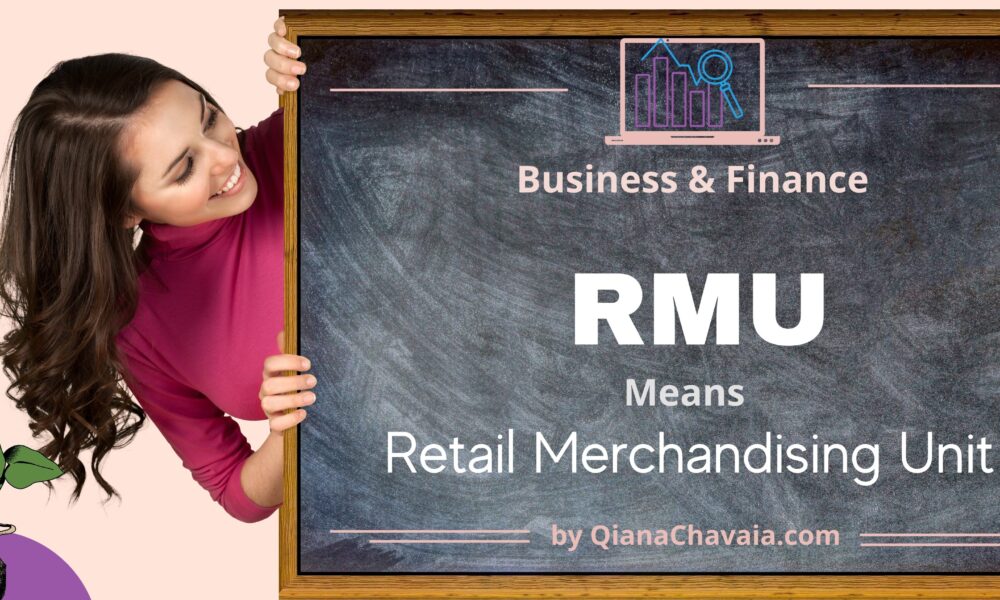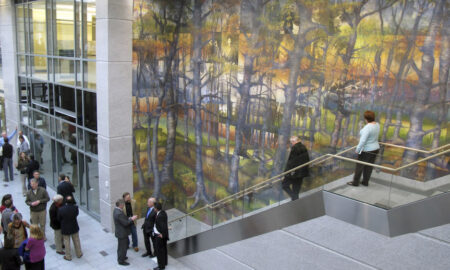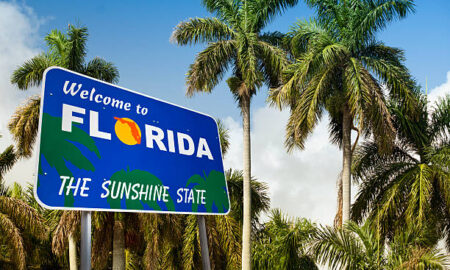

Patrons at Irvine Spectrum Center, an upscale open-air shopping center in Irvine, CA, were surprised to see a familiar face in a new form. This summer, Japanese company Sanrio debuted its first Hello Kitty pop-up café in the U.S.
The company operates a chain of retail stores in the U.S. that sell kawaii (cute) novelty items, including Sanrio’s most famous, Hello Kitty. Sanrio detoured from more traditional marketing methods and embraced experiential marketing by launching a pop-up café and traveling café truck, which serves a selection of Hello Kitty refreshments and wearables.
Irvine Company, the shopping center’s owner, is one of several property owners that offer specialty leasing programs to maximize rental income. Hello Kitty’s creative marketing campaign is one example of how retailers can capitalize on these programs.
Where can I find Specialty Leases?
Specialty leasing is different from traditional leases. This type of lease secures space in high-volume traffic areas at shopping centers, strip malls, and airports. Specialty leasing is limited to a relatively small number of spaces making prime locations widely sought after. Leasing managers won’t allow for much competition in the same shopping center. Therefore, they’re always looking for fresh new ideas to excite and engage patrons.
What is Specialty Leasing
Specialty Leasing refers to leasing Retail Merchandising Units (RMUs), kiosks, and temporary in-line spaces. These programs offer access to high-volume foot traffic (in common areas) and can be a less expensive alternative to traditional retail leasing.
Read: What Owner Refinancing Means for Your Retail or Office Space
RMUs
RMUs or, as leasing pros like to call them, “carts” are landlord-provided. Most will also provide signage, but others will allow you to display your own. Setting up a cart is a simple process. All you have to do is bring your merchandise and visually stock the cart for the leasing manager’s approval. Visual aesthetics are a key component because shoppers must be drawn to your cart and not the other way around. In many locations, calling out for the attention of customers or “hawking” can get you fined or thrown out.
Kiosks
Kiosks are 10×10 or 10×20 feet uniquely branded structures erected under strict guidelines with the help of a merchandising team at the operator’s expense. Costs generally range anywhere from $15,000 to $30,000 and up, depending on the concept and functionality of the unit (i.e.plumbing, electricity, etc.). For instance, a small or mid-sized toy retailer that aims to drive in-store traffic by distributing colorful cotton candy and in-store coupons has a small size requirement.
Pop-Up In-Line Store
These spaces are available while owners are in-between permanent tenants. For owners, it’s better to have a temporary tenant than to have an empty store, which is an advantage when negotiating. Build-out of pop-ups are the business owner’s expense. However, landlords will offer what’s called a TI Expense, or Tenant Improvement Allowance to permanent tenants to help cover build-out costs. This is sometimes available for pop-ups and is worth asking for. If not, ask for a rent abatement — which is free rent for the first few months after the lease has commenced.
Nuts and Bolts of Specialty Lease Negotiations
RMU rents can range from $1,000 in a low-end shopping center to $8,000 at a premier property. Monthly costs for kiosks range from roughly $3,500 to $15,000. In-line pop-up rents are typically consistent with kiosks. In any case, it all depends on the location. The highest traffic areas with the best exposure will have the highest cost. Another key factor is the lease term and whether your stay overlaps a high volume season, like the holiday months of November and December when rents double.
As a general rule of thumb, longer lease terms get lower monthly rent. Specialty leases are percentage leases. With this type of lease, landlords ask for a percentage of sales above a certain breakpoint in the form of rent. Breakpoints are set by the landlord, who will ask 7 to 15 percent. For example, if your rent is $5,000 per month, in addition to $5,000 you will owe percentage rent once your monthly sales exceed $33,333. Additional rent is the percentage of the amount above the breakpoint. A simple formula for calculating breakpoint is to divide the rent by the breakpoint (i.e. 5,000 / 15 percent = 33,333).
Typically, the lease term for an RMU is between 3 and 6 months; however, they can range from 1 month to 1 year. A kiosk lease is usually 1 to 2 years unless it’s a sub-lease. And in-lines are trickier because there are the build-out costs although some landlords will ask you to leave the moment they find a permanent tenant. Your budget will determine how you get started in this business – but there’s tremendous growth potential.
By building a solid rapport with specialty leasing teams, you increase the chance of renting during busy seasons like Christmas and securing placement in a high-traffic area on favorable lease terms. To learn more about shopping center leasing read How to Lease Space in Shopping Centers: A Guide for Small Business Owners by Barry Fleisher who offers an in-depth look at the ins-and-outs of lease negotiations and specialty leasing opportunities.










You must be logged in to post a comment Login